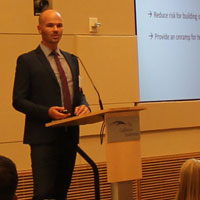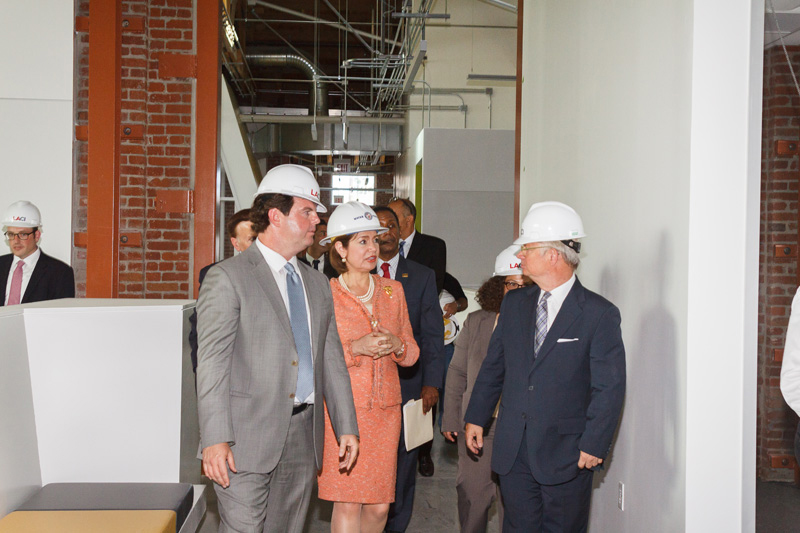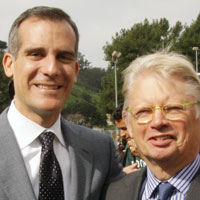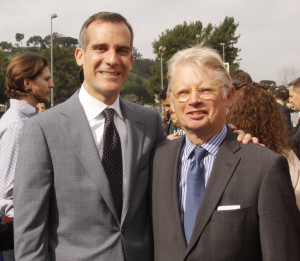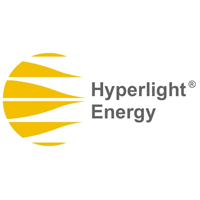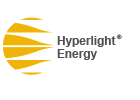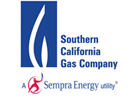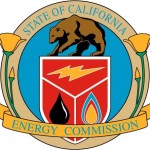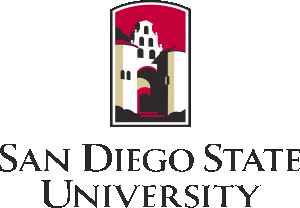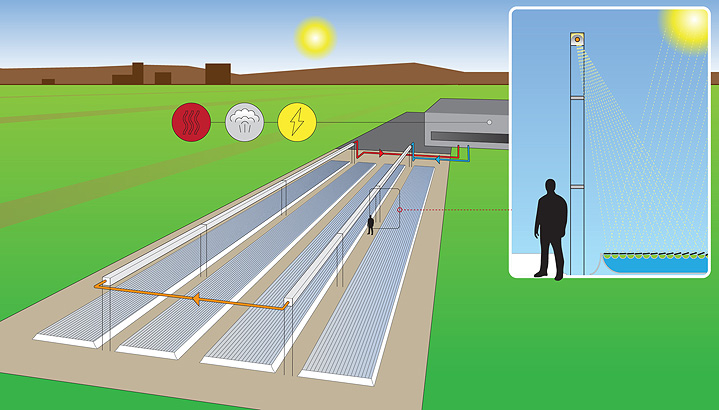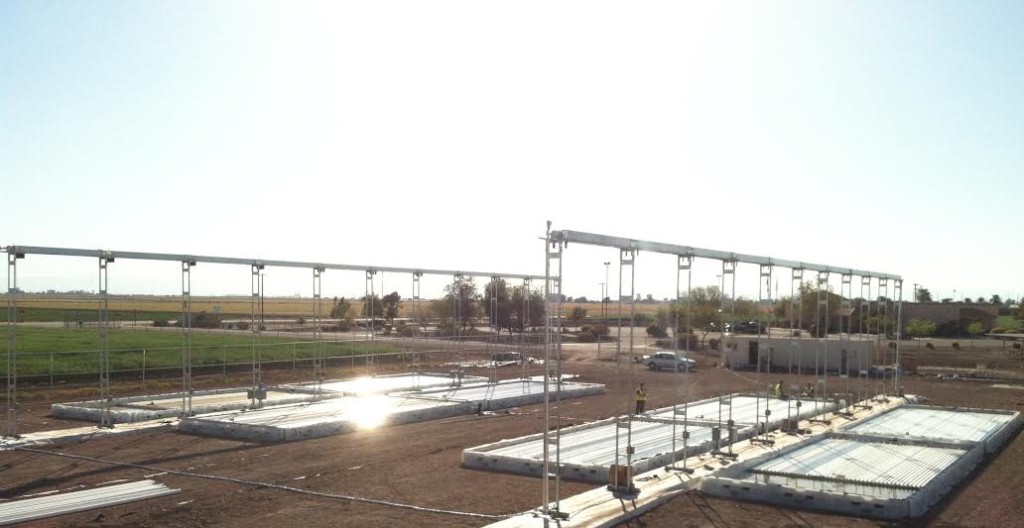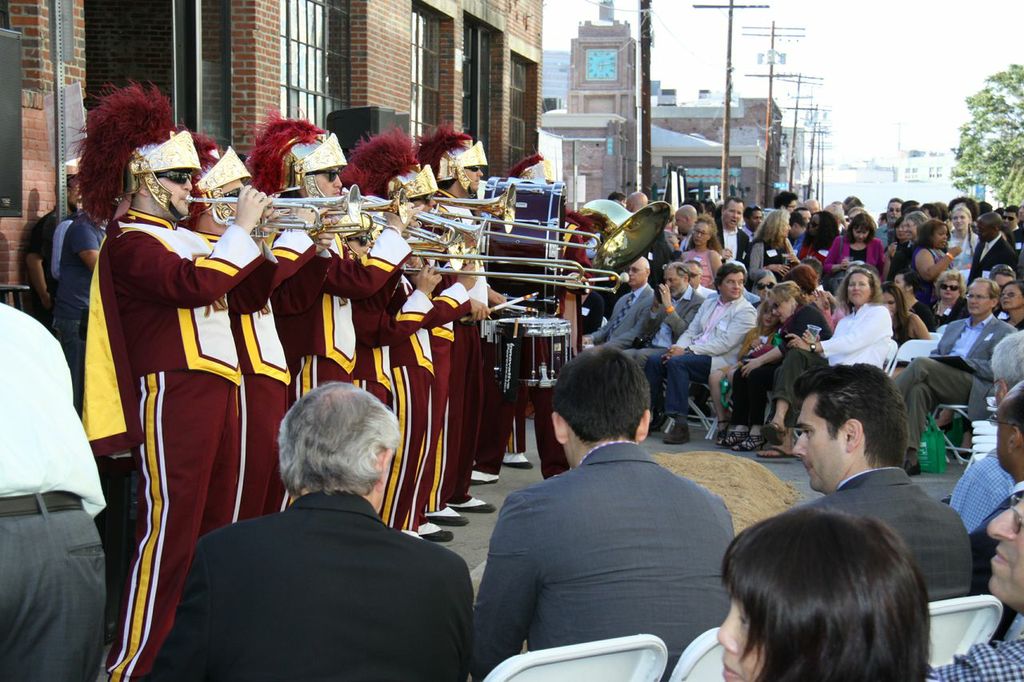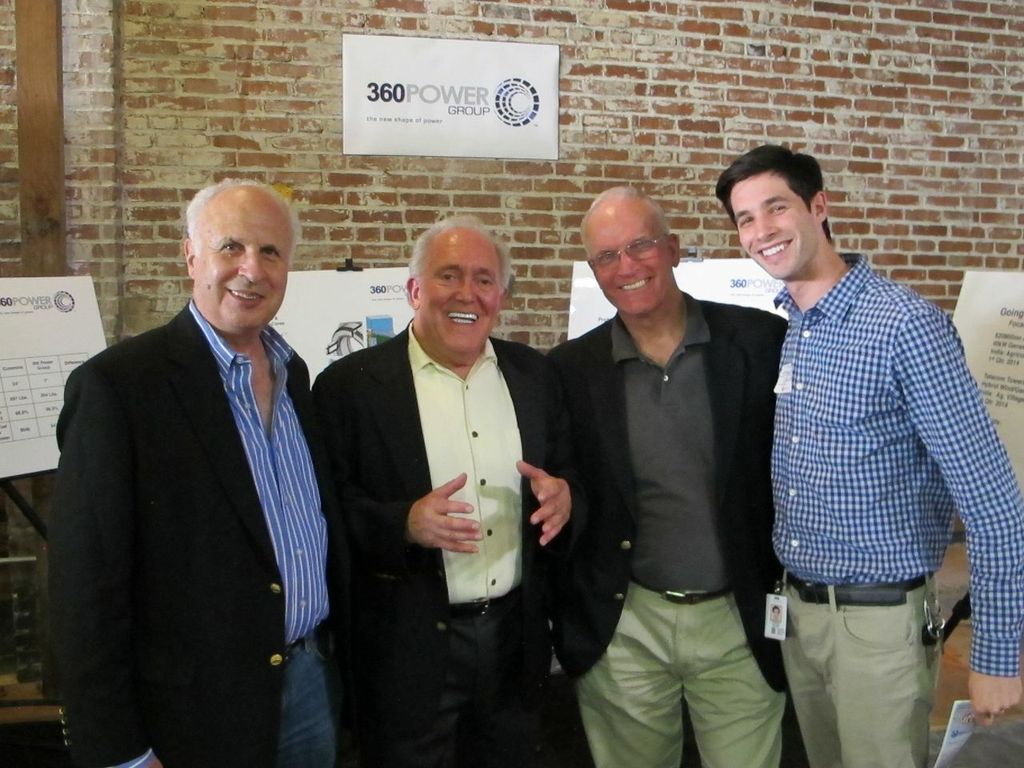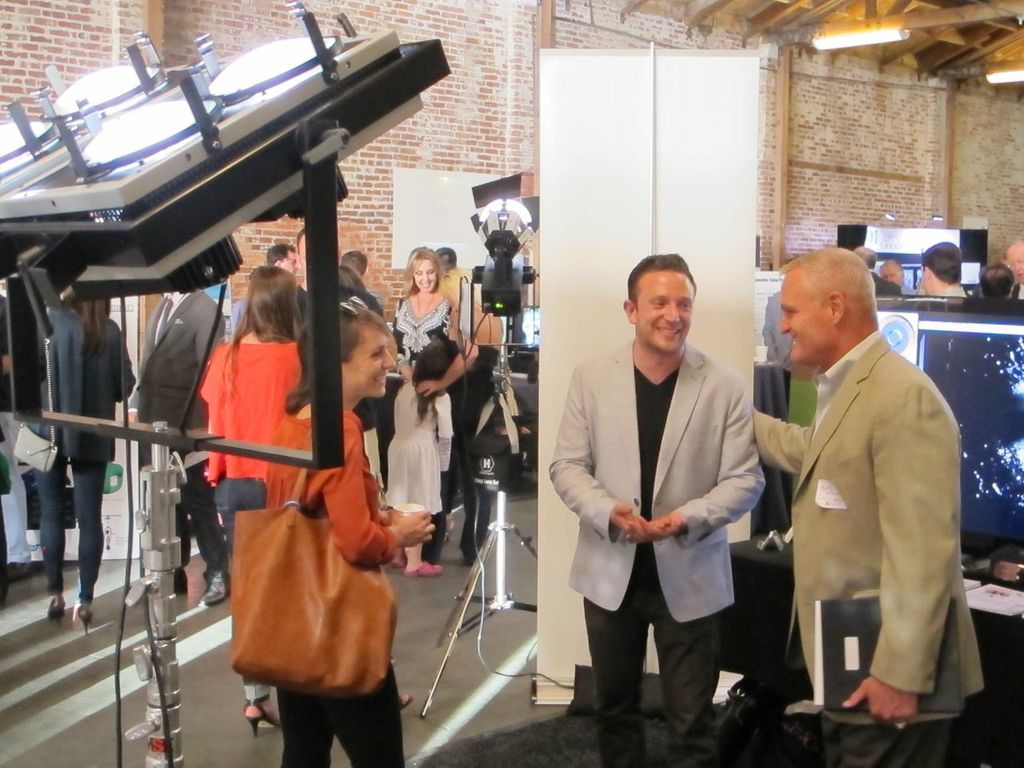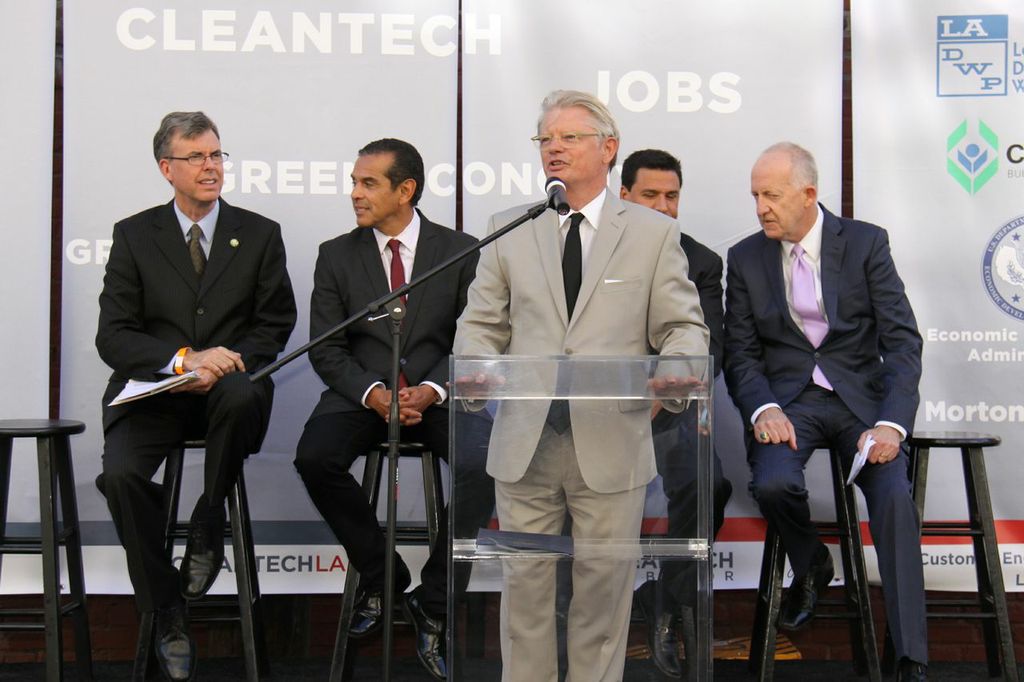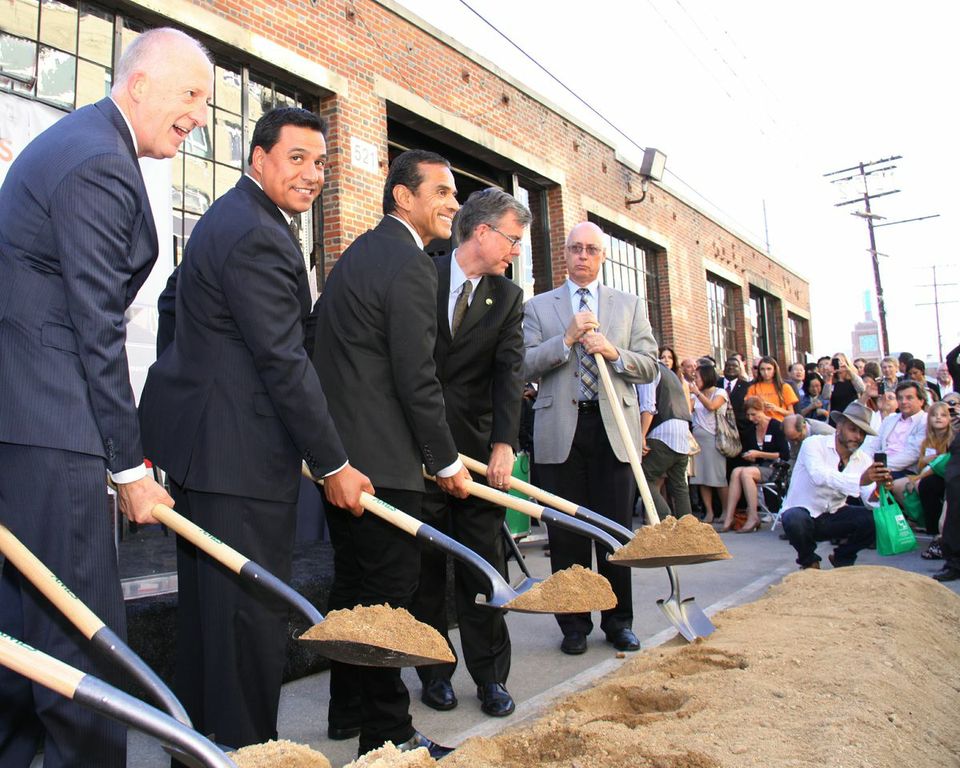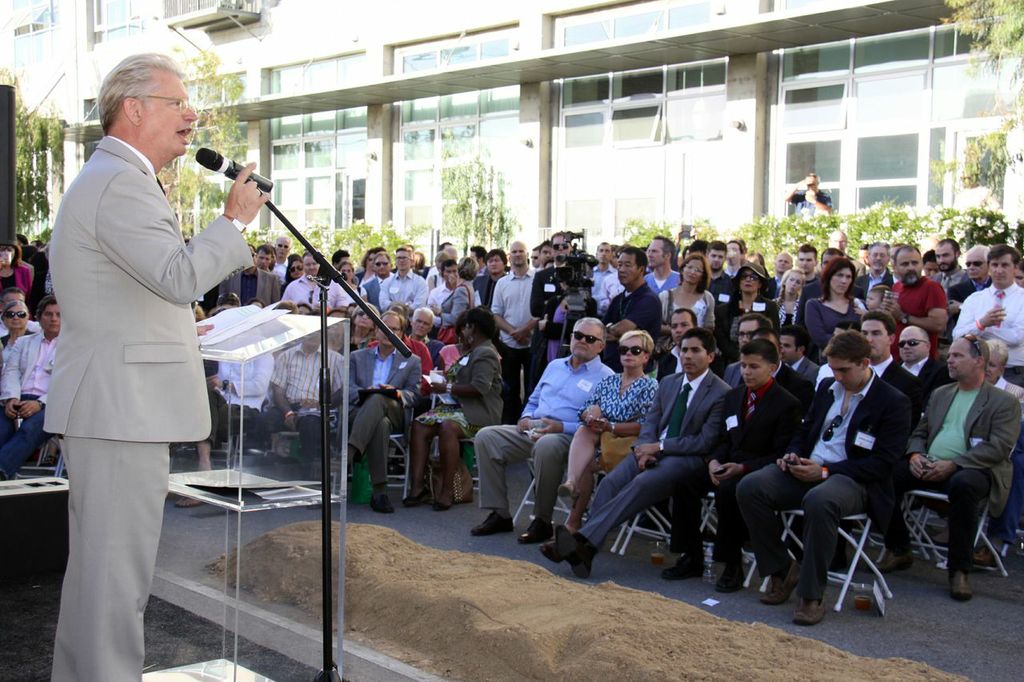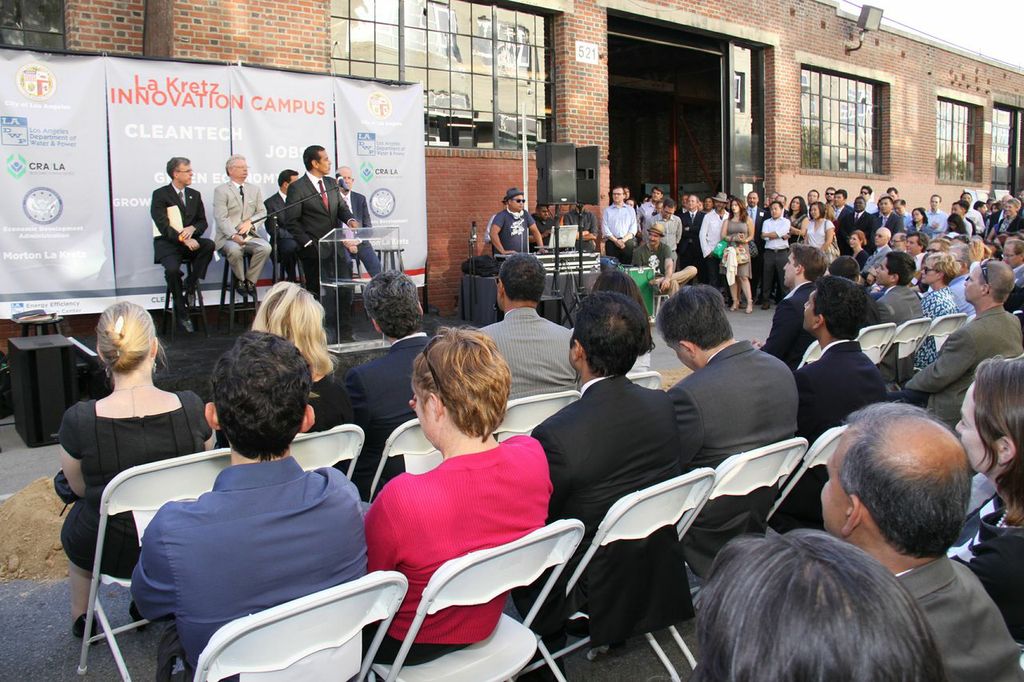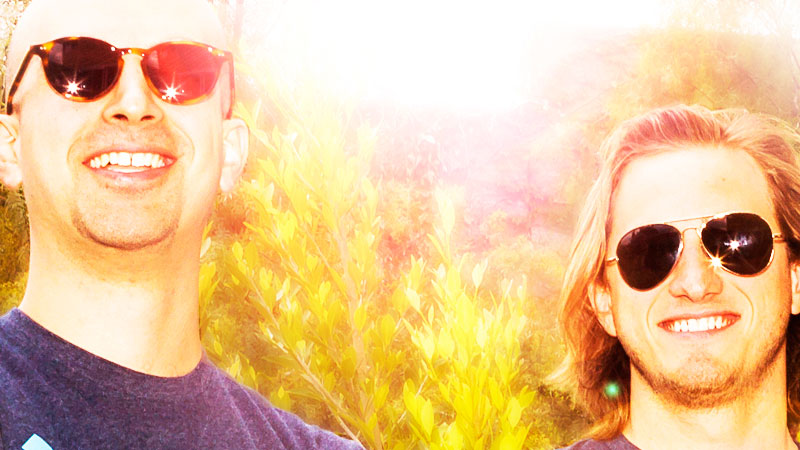
[av_one_full first]
[av_image src=’https://newlaci.wpengine.com/wp-content/uploads/PMSCover1.jpg’ attachment=’5998′ attachment_size=’full’ align=’center’ animation=’no-animation’ styling=” hover=” link=” target=” caption=” font_size=” appearance=” overlay_opacity=’0.4′ overlay_color=’#000000′ overlay_text_color=’#ffffff’][/av_image]
[/av_one_full]
[av_two_fifth first]
[av_image src=’https://newlaci.wpengine.com/wp-content/uploads/PMS_New_Logo-300.png’ attachment=’5487′ attachment_size=’full’ align=’center’ animation=’no-animation’ styling=” hover=” link=” target=” caption=” font_size=” appearance=” overlay_opacity=’0.4′ overlay_color=’#000000′ overlay_text_color=’#ffffff’][/av_image]
[/av_two_fifth]
[av_three_fifth]
[av_textblock size=” font_color=” color=”]
Since Max and Chris started Pick My Solar in 2013, they’ve taken the company from a two-person operation out of a studio apartment in Northridge to being named 2015’s Small Business of the Year by Mayor Eric Garcetti.
[/av_textblock]
[/av_three_fifth]
[av_one_full first]
[av_hr class=’custom’ height=’50’ shadow=’no-shadow’ position=’center’ custom_border=’av-border-thin’ custom_width=’100%’ custom_border_color=” custom_margin_top=’30px’ custom_margin_bottom=’10’ icon_select=’no’ custom_icon_color=” icon=’ue808′ font=’entypo-fontello’]
[av_textblock size=” font_color=” color=”]
Read on to learn more about Max, Chris, and Pick My Solar’s story – and the bright future ahead for these LA-based entrepreneurs.
[/av_textblock]
[av_hr class=’custom’ height=’50’ shadow=’no-shadow’ position=’center’ custom_border=’av-border-thin’ custom_width=’100%’ custom_border_color=” custom_margin_top=’10’ custom_margin_bottom=’30px’ icon_select=’no’ custom_icon_color=” icon=’ue808′ font=’entypo-fontello’]
[av_textblock size=” font_color=” color=”]
In your words, what is Pick My Solar?
Max: Pick My Solar is an online marketplace that connects homeowners to solar installers through our online bidding platform. We create competition between installers to get the best deals for our customers. As you might know, the solar industry is suffering from a lot of noise that is preventing people from getting the best information. We want to disrupt this market and help homeowners go solar with confidence. The best part is that we don’t charge our customers anything– our service is completely free.
What inspired you to start the company?
Chris: Directly before starting Pick My Solar, I was working in the solar industry in sales, and I found that solar was getting sold for double, sometimes triple what it should be sold for. Salesmen are trained to manipulate and outright lie to homeowners, resulting in a lot of people getting ripped off. At that point, I realized that something needed to be done.
Max: When I started my Master’s degree in Germany, I was exposed to renewable energy and sustainability in general. I came to the US and I realized that the solar market here was very fragmented and totally different from Germany. I knew there was great potential for solar technology to shape the future of our energy model. When I met Chris, we hit it off from the first moment and I realized that he was the partner I needed to start the company I was envisioning.
Where are you from originally? What brought you to LA?
Chris: I’m from Long Island, New York. I went to school in upstate New York, got a mechanical engineering degree, and after that I moved to New Zealand. That’s where I first started to become more of an environmentalist, getting in touch with taking care of the planet because that’s so ingrained in New Zealand’s culture. When I came back, I got a civil engineering job and started a few businesses that were online customer connection services. I flew out to California in 2013 with the hopes of eventually starting a business, but didn’t have a set plan. I crashed on my buddy’s couch for a week, got a job working in solar, and met Max not too far after that.
Max: I left Iran in 2009, 10 days after the fraudulent presidential election. There was chaos and I got into some problems being a student activist. I went to Germany to get my Master’s in global production engineering with a focus on solar. After a few semesters, I had the opportunity to come to the US and I think I made a really great choice. I don’t think an immigrant has the opportunities available here in the states anywhere else in the world. I came here August 2010, landed in Burbank, took a bus to Northridge, and continued my Master’s at CSUN.
How did the two of you meet?
Chris: We met at a solar training course – where solar companies train salesmen, teaching them different tactics before they’re sent into the field. I was there as part of my job, Max was there researching how solar is marketed and sold. Three months later he invites me over to his apartment, tells me the idea he had for a business and we stay up all night talking about it. I didn’t sleep at my house for a week, I kept crashing at his place so eventually I just moved into his apartment.
Max: At the time, we both had full time jobs and said, “ok, this idea is going to be the solution this industry needs. We’re going to disrupt the solar market”. We quit our jobs to dedicate our lives to building Pick My Solar. I had a 600 square foot studio apartment in Northridge, we used boards from IKEA to divide work space from living space. We worked out of there for about 10 months until we joined LACI.

Why did you apply to be a portfolio company at LACI?
Max: Before joining LACI, there were two of us. We were two young kids with a great idea. When we joined LACI we started gaining more attention and respect from the industry and partners. The introductions that LACI has made for us have directly contributed to many of our achievements as a company.
How has LACI helped your company?
Chris: The mentorship is fantastic. We don’t have the experience of growing a company, but our mentors at LACI have been there and done that. Every single question we had – from how to write a proper business email to which strategic direction was best for the company – they had a meaningful answer.
Running a startup company can be a challenging experience. What motivates you to keep at it?
Chris: Our concern for the environment definitely plays a key role. Additionally, I was disgusted with the way the solar industry was bullying homeowners and trying to rip them off. Time and again I saw well-intentioned homeowners throw up their hands in frustration and give up on going solar. It was messed up that salespeople were destroying this new technology’s image by selling it the wrong way. We wanted to change that.
Max: Personally, since my childhood, I’ve loved to build things. My brain works in a way that when I face a problem, I can’t get over it. Either there’s a solution out there that I have to find, or else I have to create one. The solar industry had a problem. Making the impact on the environment and on people’s finances is something that motivates me every day. Every time we receive an email or on a phone call from a happy customer that appreciates our service, that keeps us going.
How do you like doing business in the Los Angeles area?
Max: As an immigrant, the reason I chose LA is because of the diversity – people are very open-minded. That doesn’t just apply to how people interact with each other, but also to their willingness to accept new ideas. It was easier for us to offer such a different solution and have people embrace it. That’s a great part of this culture in LA – we are blessed to start a company here.
Chris: I think it’s great that a lot of people aren’t from here. Everybody has the same attitude – we all came to LA for a reason, to experience something new – and that really builds off of what we’re trying to create. Our solution resonates well with Angelenos. Of course, the weather is great and electricity rates are extremely high – which makes even more sense for solar.
Tell us about some of the milestones you’ve reached as a company so far
Max: At the end of Q4 2014, we closed over a million dollars in generated sales. We’ve also provided over 15,000 Californians with solar pricing data from our no-obligation online solar price calculator. These were major milestones because they validated our concept and proved that the price of solar on our platform is lower than the market leaders. We were also named 2015 Outstanding Small Business by Mayor Garcetti, which was a big deal for us, showing that the City of LA values our contribution in helping to make it a world leader in the Green movement.
Chris: We recently won a grant from the Department of Energy to develop a first-of- its-kind app called PVimpact. PVimpact will be a universal tool for all solar homes to connect to the information grid. The technology aggregates three pieces of data: the homeowner’s electricity use, solar system production, and contractual details of the solar system. PVimpact will provide homeowners with their system’s true savings in a completely software solution, while providing utility companies assistance in demand side management. The app will be rolled out to all Pick My Solar customers this summer, then expanding to the rest of the U.S. residential solar market in the fall.
What are some of your goals for the company?
Chris: Solar is such a cutting edge technology, but it is predominantly sold the way aluminum siding was sold in the 1960’s – door to door. We are firmly convinced that solar deserves to be sold with the leading technological resource of our era – the internet. We really want to change the way that solar is sold, and the way homeowners think about going solar.
Max: Our long-term goal is to become one of the biggest solar companies in the nation without a single boot on the ground. We don’t need installation crews like these vertically integrated companies. What we’re doing is creating an online market place – a bidding platform that brings homeowners together with the best local installers. We have all seen this model work across numerous business segments, and we know it will become the norm for the solar market.
Learn more at www.pickmysolar.com
[/av_textblock]
[/av_one_full]
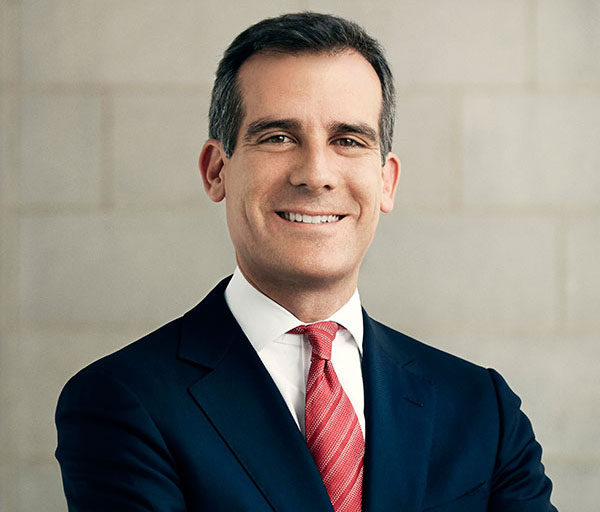

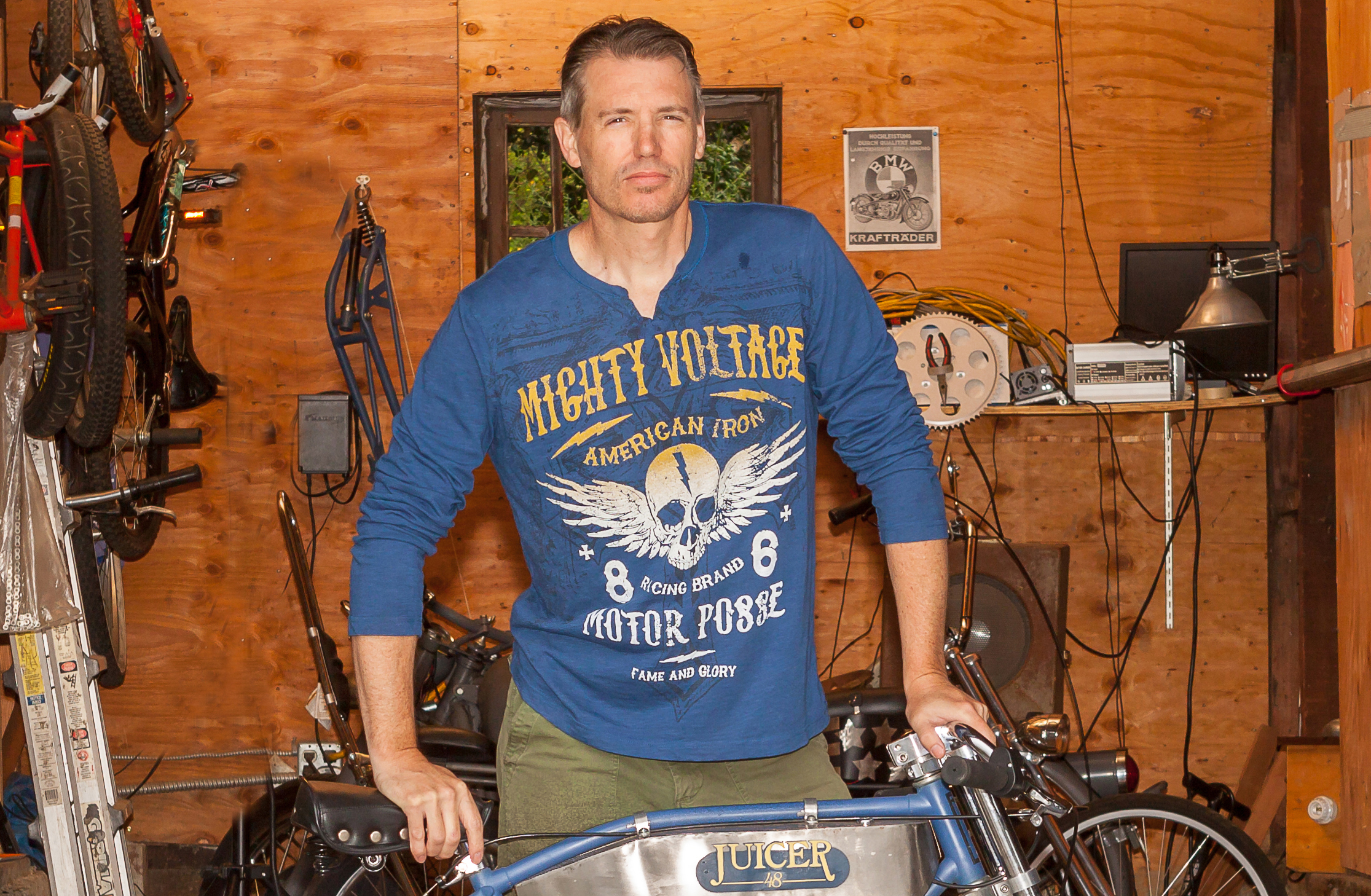
 In the search for authenticity in today’s consumer culture, words like “artisanal”, “one-of-a-kind”, and “custom” get thrown around rather casually, in a longing for a time when mass production and homogeny didn’t define American transportation options.
In the search for authenticity in today’s consumer culture, words like “artisanal”, “one-of-a-kind”, and “custom” get thrown around rather casually, in a longing for a time when mass production and homogeny didn’t define American transportation options.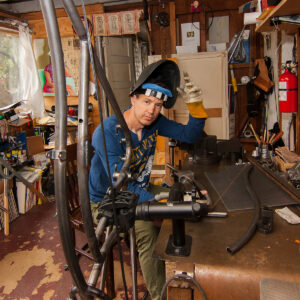 The craftsmanship, design, and philosophy behind the Juicer certainly differentiate it from other e-bikes out there. While most of these products are aimed at avid cyclists, Dave’s work aims to appeal to motorheads. “I see the electric bike not as a bicycle-plus, but as its own type of vehicle, one that’s underexplored. Rather than looking for customers who want to pedal around or want a longer range, I’m looking for people who want to ride”. This includes young people in the beach communities who can commute in comfort, ease, and style, and older customers who are moving off their motorcycles but don’t want to totally give up the cruising lifestyle.
The craftsmanship, design, and philosophy behind the Juicer certainly differentiate it from other e-bikes out there. While most of these products are aimed at avid cyclists, Dave’s work aims to appeal to motorheads. “I see the electric bike not as a bicycle-plus, but as its own type of vehicle, one that’s underexplored. Rather than looking for customers who want to pedal around or want a longer range, I’m looking for people who want to ride”. This includes young people in the beach communities who can commute in comfort, ease, and style, and older customers who are moving off their motorcycles but don’t want to totally give up the cruising lifestyle.